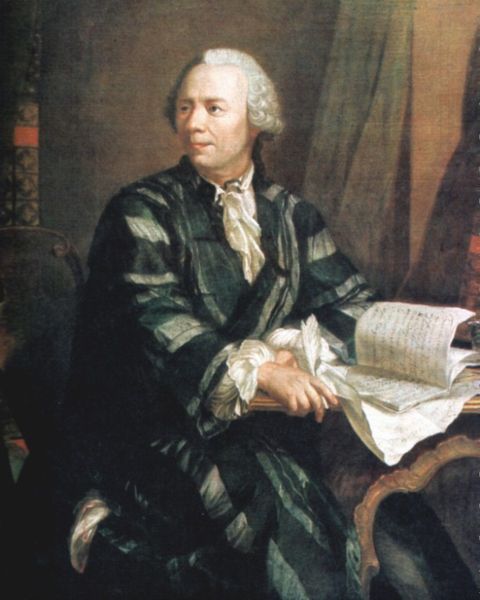|
Another effect of political pressure is evident in the fact that nearly all of Euler's works published in St. Petersburg appear in Latin. This is because of a Russian predisposition against the use of the French language. Consequently, the works of Euler published in French tend to appear during his time in Berlin, where the French language was more accepted. The places most relevant to Euler's life were those places in which he resided: Switzerland, St. Petersburg, and Berlin. You can learn more about Euler's time in Switzerland, as well as his time at the St. Petersburg and Berlin Academies, from the pages given below.
Geographically, Euler was connected to three places: Paris and its Académie, London and its Royal Society, and the Turin Society. The most notable of these is the Paris Academy, which offered a regular prize competition to which Euler was a frequent contributor. The Turin connection comes from his correspondence with Joseph-Louis Lagrange, a native of the Piedmont region. As a result of this relationship, a handful of Euler's works were published in the Turin Melange, and Lagrange took Euler's position at the Berlin Academy when the latter returned to St. Petersburg in 1766. You can learn more about Euler's connection to these three places from the pages given below.
Euler was also in frequent correspondence with a number of his contemporaries, including Christian Goldbach, Johann and Daniel Bernoulli, Jean le Rond d'Alembert, and many others. More information on Euler's correspondence can be found in our correspondence section. You may also want to view our resources page for further background information. |
